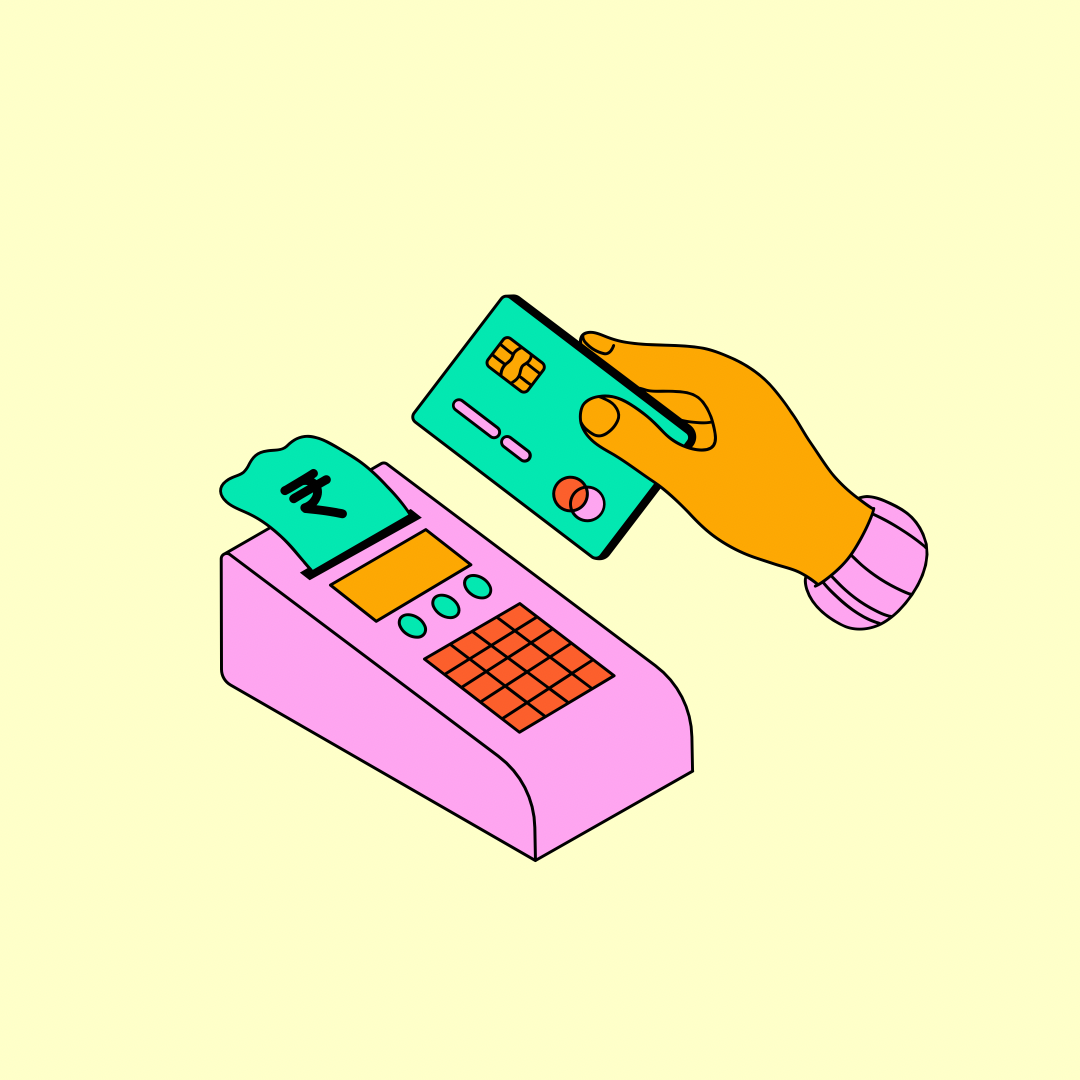As a former shopaholic, trust me, I know how hard it is to save money. Everywhere you turn, you see something you think you need.
I definitely am a victim of this phenomenon! I used to have a designated shopping day over the weekend. I would visit Downtown and Newbury Street, buying way more clothes than I actually needed. It may have felt good in the moment, but it ended up taking a toll on my financial and mental health. I realized I was spending more money than I was making at my job, and all the random clutter around my room was making me stressed.
In these situations, it is important to recognize your problem and start differentiating between what you want and what you need. Creating a budget, or a financial plan that estimates how much money you will spend in each category of your life, is a great way to reinforce spending limits for your wants.
How Should I Start Budgeting?
Here’s how I like to create my budgets. You can tailor this however you want to be most useful for you!
1. Sort your spending into categories (food, shopping, entertainment, etc.)
2. Keep track of how much you spend in each category for a month. You can do this using money-tracking apps, save your receipts and write it down on paper, or keep track of payments in your bank.
3. Keep track of your monthly income, which is shown on your checks.
4. Analyze your spending habits. Are you spending too much on eating out? Not enough on groceries or utilities? Are you exceeding how much money you actually earn.
5. Allocate a certain amount to spend for each category, making sure to be strict on wants so you have enough money to buy what you need. You can also use the 50-30- 20 rule, in which 50% of your income goes to your needs, 30% goes to wants, and 20% goes to savings.
6. Make sure to stick to your budget!
7. At the end of the month, reflect on your budget. Make any corrections you feel would be necessary, and be sure to hold yourself responsible! Don’t allow yourself to slack off. For example, I used to tell myself that I didn’t have anything to wear, but the truth is, I had plenty and I simply wanted an excuse to go shopping. Hold yourself accountable. You know yourself best, and you also know when you are lying to yourself.
Creating a budget is very useful! It can help you keep track of how much you’re spending in each category and make you aware of when you’re spending excessively in one specific category. When you create a budget, you will feel more motivated to not spend money impulsively because you risk failing the restrictions you have set for yourself, making it more difficult for you to reach your financial goals.
*Thank you to our partners at Experian for their support of young storytellers and for supporting youth in taking charge of their financial health. To continue your financial wellness journey, visit Ask Experian.














